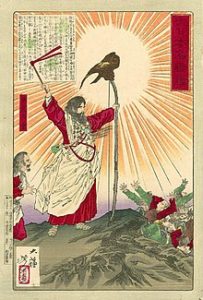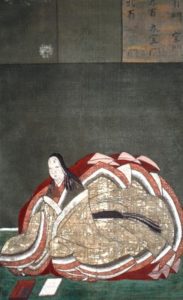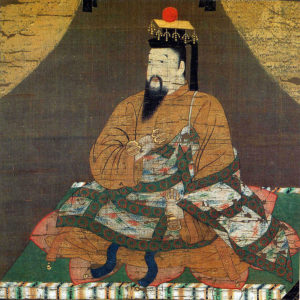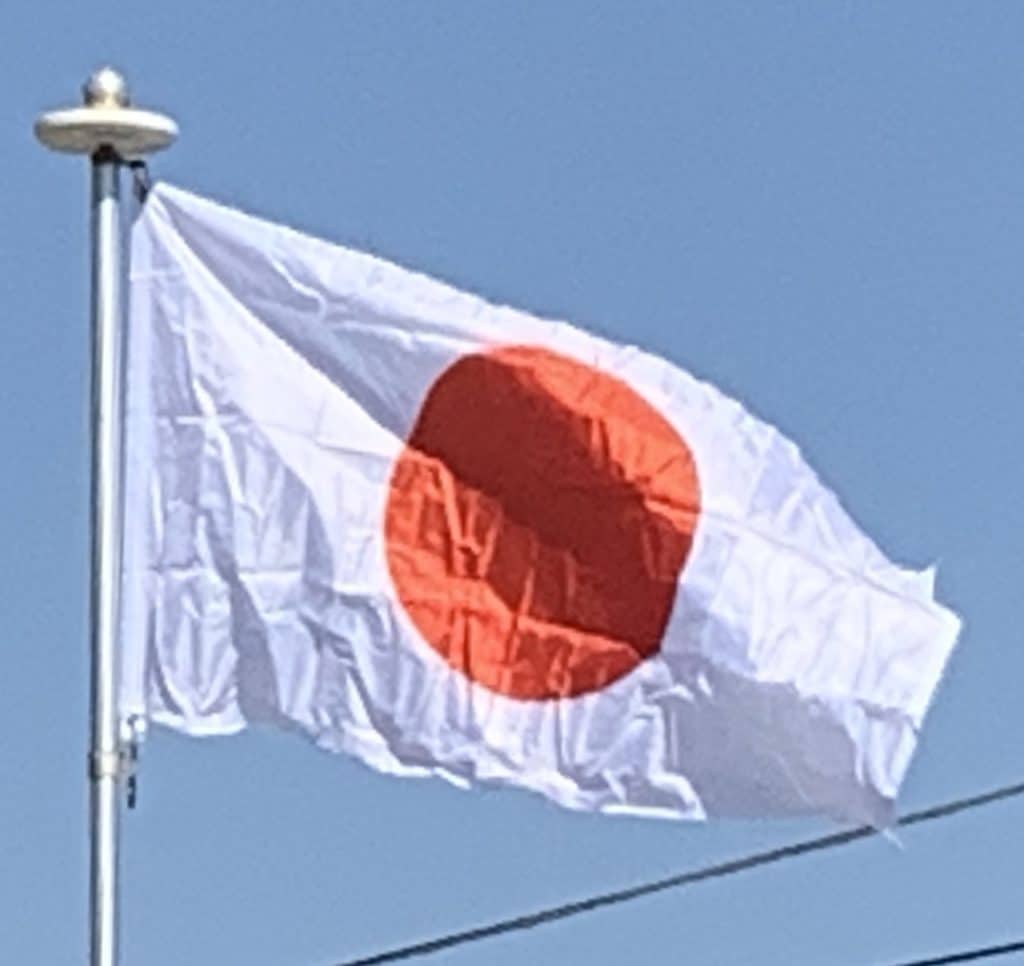
Japan first appears in written history in the Chinese Book of Han, completed in 111 AD. Buddhism was introduced to Japan from Baekje (a Korean kingdom) in 552, but the subsequent development of Japanese Buddhism was primarily influenced by China. Despite early resistance, Buddhism was promoted by the ruling class, including figures like Prince Shōtoku, and gained widespread acceptance beginning in the Asuka period (592–710).
After defeat in the Battle of Baekgang by the Chinese Tang dynasty, the Japanese government devised and implemented the far-reaching Taika Reforms. It nationalized all land in Japan, to be distributed equally among cultivators, and ordered the compilation of a household registry as the basis for a new system of taxation. The Jinshin War of 672, a bloody conflict between Prince Ōama and his nephew Prince Ōtomo, became a major catalyst for further administrative reforms. These reforms culminated with the promulgation of the Taihō Code, which consolidated existing statutes and established the structure of the central and subordinate local governments. These legal reforms created the ritsuryō state, a system of Chinese-style centralized government that remained in place for half a millennium.
The Nara period (710–784) marked an emergence of a Japanese state centered on the Imperial Court in Heijō-kyō (modern Nara). The period is characterized by the appearance of a nascent literary culture with the completion of the Kojiki (712) and Nihon Shoki (720), as well as the development of Buddhist-inspired artwork and architecture. A smallpox epidemic in 735–737 is believed to have killed as much as one-third of Japan’s population. In 784, Emperor Kanmu moved the capital from Nara to Nagaoka-kyō, then to Heian-kyō (modern Kyoto) in 794. This marked the beginning of the Heian period (794–1185), during which a distinctly indigenous Japanese culture emerged. Murasaki Shikibu’s The Tale of Genji and the lyrics of Japan’s national anthem “Kimigayo” were written during this time.

Feudal Era:
Japan’s feudal era was characterized by the emergence and dominance of a ruling class of warriors, the samurai. In 1185, following the defeat of the Taira clan in the Genpei War, samurai Minamoto no Yoritomo established a military government at Kamakura. After Yoritomo’s death, the Hōjō clan came to power as regents for the shōguns. The Zen school of Buddhism was introduced from China in the Kamakura period (1185–1333) and became popular among the samurai class. The Kamakura shogunate repelled Mongol invasions in 1274 and 1281 but was eventually overthrown by Emperor Go-Daigo.

Go-Daigo was defeated by Ashikaga Takauji in 1336, beginning the Muromachi period (1336–1573). However, the succeeding Ashikaga shogunate failed to control the feudal warlords (daimyōs) and a civil war began in 1467, opening the century-long Sengoku period (“Warring States”).
During the 16th century, Portuguese traders and Jesuit missionaries reached Japan for the first time, initiating direct commercial and cultural exchange between Japan and the West. Oda Nobunaga used European technology and firearms to conquer many other daimyōs; his consolidation of power began what was known as the Azuchi–Momoyama period (1573–1603). After Nobunaga was assassinated in 1582 by Akechi Mitsuhide, his successor Toyotomi Hideyoshi unified the nation in 1590 and launched two unsuccessful invasions of Korea in 1592 and 1597.
